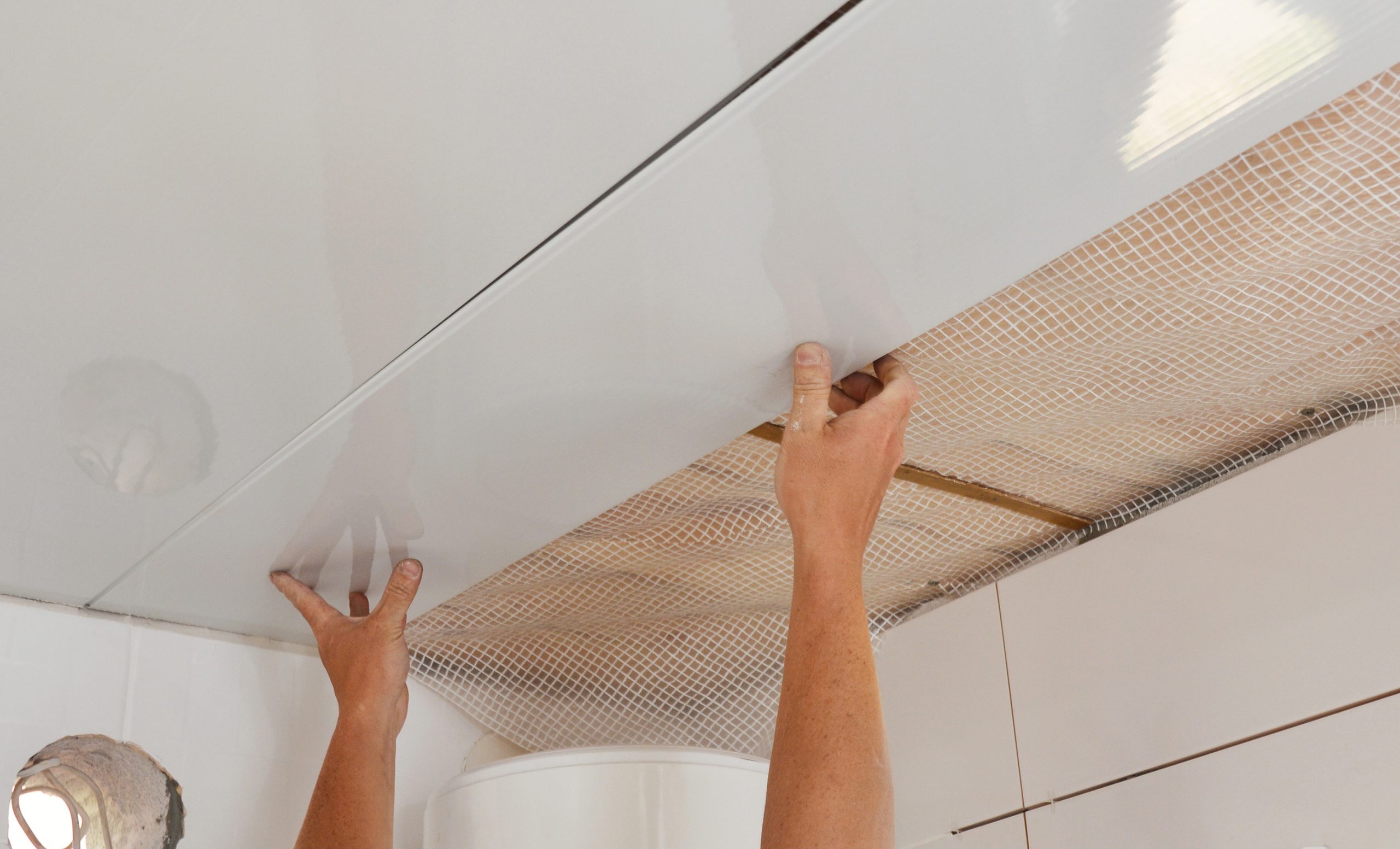Modernism, a cultural and artistic movement that emerged in the late 19th and early 20th centuries, revolutionized the way we perceive art, architecture, and design. It marked a departure from traditional forms and embraced innovation, functionality, and new materials. In this blog post, we will delve into the materials that played a pivotal role in the development of modernism, examining their properties, applications, and the philosophies behind their use.
- Steel: The Backbone of Modern Architecture
Steel emerged as a fundamental material in modern architecture, enabling the construction of skyscrapers and expansive structures that were previously unimaginable. Its high tensile strength and durability allowed architects to create open spaces without the need for excessive support columns. Iconic buildings like the Seagram Building in New York City exemplify the use of steel, showcasing its aesthetic potential through exposed structural elements. The transparency and lightness of steel also contributed to the modernist ethos of honesty in materials, where the structure itself became a part of the design narrative.
- Concrete: The Versatile Canvas
Concrete, often viewed as a mundane building material, was redefined by modernist architects and artists. Its versatility allowed for innovative forms and textures, enabling the creation of fluid and organic shapes. The use of reinforced concrete, which combines steel and concrete, further expanded its capabilities, allowing for larger spans and more complex designs. Notable examples include the Villa Savoye by Le Corbusier and the Sydney Opera House by Jørn Utzon, both of which showcase concrete's ability to transcend traditional architectural boundaries. The raw, unfinished appearance of concrete also aligned with modernism's embrace of authenticity and the beauty of imperfection.
- Glass: Transparency and Light
Glass became a symbol of modernism, representing transparency, lightness, and the blurring of boundaries between interior and exterior spaces. The introduction of large glass panels transformed architectural design, allowing for natural light to flood interiors and creating a sense of openness. The use of glass in modernist buildings, such as the Farnsworth House by Mies van der Rohe, exemplifies the movement's focus on the relationship between nature and architecture. Moreover, advancements in glass technology, such as tempered and laminated glass, have expanded its applications, making it a staple in contemporary design.
- Wood: A Return to Nature
While modernism is often associated with industrial materials, wood has also played a significant role in the movement. Architects like Alvar Aalto and Frank Lloyd Wright incorporated wood into their designs, emphasizing its warmth and organic qualities. The use of wood in modernist architecture reflects a desire to reconnect with nature, providing a counterbalance to the coldness of steel and concrete. Additionally, sustainable practices in modernism have led to a renewed interest in responsibly sourced wood, aligning with contemporary environmental concerns.
- Plastics: The Material of the Future
The advent of plastics in the mid-20th century marked a new chapter in modernism. Lightweight, durable, and versatile, plastics opened up a world of possibilities for designers and architects. From furniture to architectural elements, plastics allowed for experimentation with form and color. The iconic Eames Lounge Chair, made from molded plywood and plastic, exemplifies the innovative spirit of modernism. As technology continues to evolve, the potential for new plastic materials in sustainable design is becoming increasingly relevant, challenging traditional notions of modernism.
Conclusion: The Legacy of Modernism's Materials
The materials used in modernism not only shaped the aesthetic and functional aspects of the movement but also reflected the broader cultural shifts of the time. Each material—steel, concrete, glass, wood, and plastics—contributed to a new understanding of space, form, and the relationship between humans and their environment. As we continue to explore and innovate with these materials, the legacy of modernism remains a vital part of our architectural and artistic landscape.


